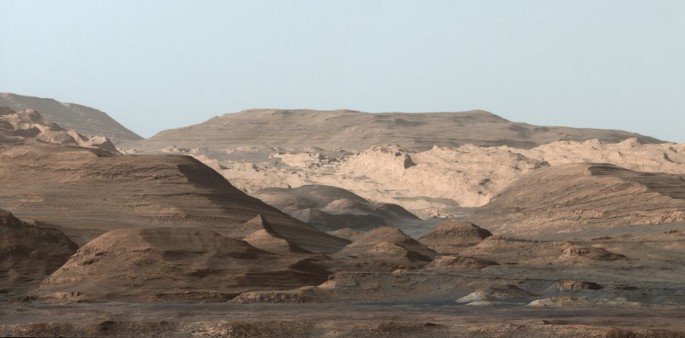Last Tuesday, September 29, NASA's Mars Curiosity rover has already drilled its eight hole on the Red Planet, its fifth one after reaching Mount Sharp since last year.
This latest deep rock sampling is called by the mission team "Big Sky" where it is also part of a multi-day and multi-step sequence to analyze Martian rock composition via the rover's onboard scientific instruments called the Chemistry and Mineralogy X-Ray diffractometer (CheMin) and the Sample Analysis at Mars (SAM).
According to Curiosity project scientist Ashwin Vasavada, during Big Sky, the team discovered that ordinary sandstone rock appears to have been altered by fluids which can be potentially groundwater along with other dissolved chemicals. After this, the team hopes to drill another sandstone rock that is nearby to compare the results and determine these changes.
The analysis phase of the rock powder samples obtained from CheMin and SAM will be conducted next week as the rover will now turn its attention to the second rock for observation, with a new sampling process.
To date, Curiosity is now located at the lower slopes of Mount Sharp, exploring a region filled with sandstone called the Stimson Unit. Two weeks ago, while in the same region, Curiosity captured some long range images from the higher regions of the Martian mountain.
In this spectacular photo taken by the rover, the foreground extends to two miles which is a long ridge that is rich in hematite which is an iron oxide. Beyond this is a plain filled with clay minerals, after following rounded buttes abundant in sulfate minerals.
Scientists believe that this changing mineralogy found in the layers of Mount Sharp is suggesting a changing environment from the early evolution of the alien world, involving a crucial amount of exposure from water, occurring billions of years ago.
The mission team hopes to further explore these diverse regions more, in the months and years, as the image reveals far away light tone cliffs in rock that supposedly formed from drier times and now heavily weathered by Martian winds.



























